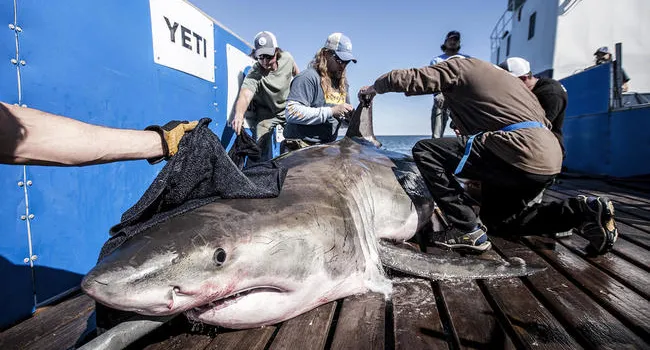For 90 years, the South Carolina Forestry Commission has fought fires and advised landowners on how they can best manage the woodlands on their property. According to Forest Management Chief Russell Hulbright and Forester Chase Folks, forests can be managed for timber production, wildlife protection, aesthetics, soil and water preservation, or a combination of these outcomes. Hulbright says the public benefits from trees just from the fact that they’re out there along the highways of South Carolina. The state is blessed to have 13 million acres covered by public and private forests, according to Hulbright, who adds that the forestry industry, unknown to many, employs 90,000 people and contributes more than $18 billion to South Carolina’s economy.
Standards
- HG.2.1.PR Identify regions of varying degrees of economic development, and explain the factors that influence the location and spatial distribution of these regions at the local and global scales using maps and geographic models and representations.
- HG.2.2.HS Compare and evaluate different measures of development, and analyze patterns and trends in various regions of economic development.
- HG.2.6.AG Gather evidence of economic development, construct a map to explain current or future development issues at different scales, and communicate findings.
- 3.2.2.ER Identify and analyze the ways people interact with the physical environment in different regions of the state, the country, and the world.











